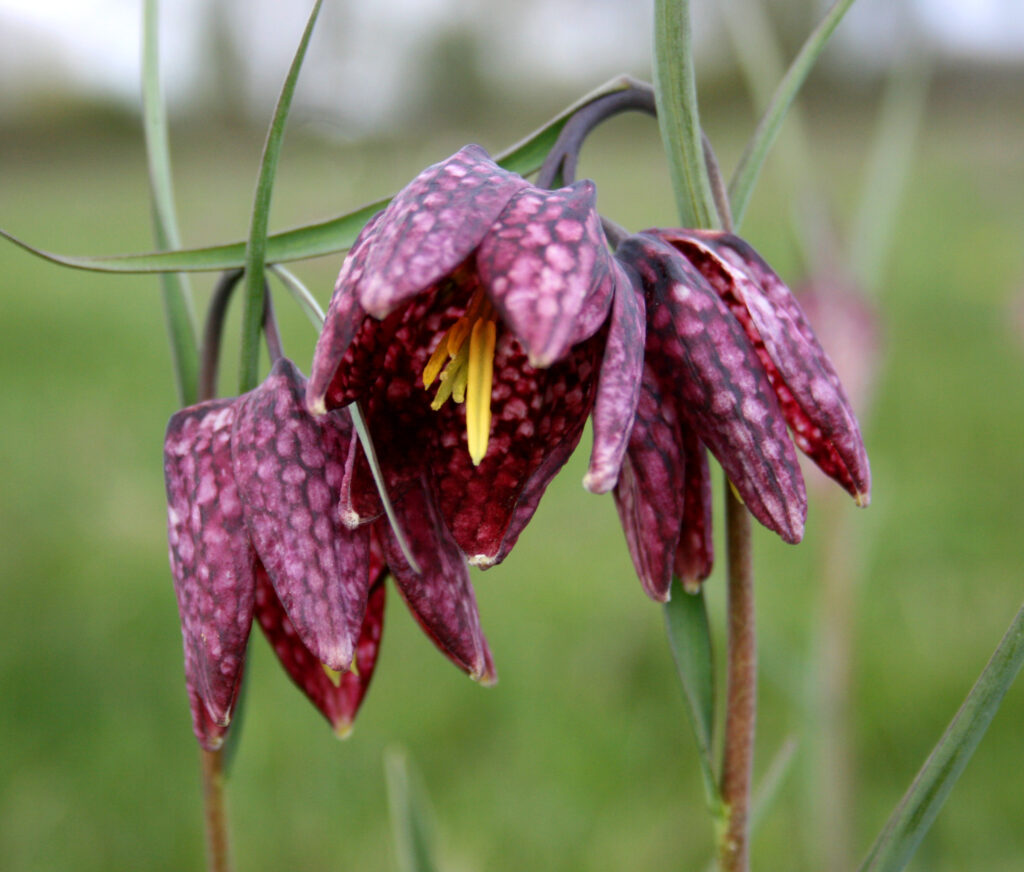
I needed to get my female protagonist from Normandy to an inland port from which she would disembark and travel north overland to her husband’s castle.
Using an Ordnance Survey map showing the topographical features of Britain before the Norman Conquest overlaid onto a modern motor map of England, I decided to follow the Thames and research three towns in Wiltshire. Each could be the possible landing site for my gal. These communities formed a triangle of sorts, and I planned to spend a day researching each town.
Taking small roads built by Romans, all proceeded well until I came to a roundabout. Navigated with ease by local drivers, I, unaccustomed to the left-side driving, drove in circles, around and around, trying to read the signs and scoot over to the correct lane. Finally, the muses spun me off–to the wrong road.
That road took me to the town I had planned to visit last: Cricklade.
At the time, I did not know that the borough established in the 9th century about two hundred years before the Norman period is called the “First Town on the Thames.” I parked in the town center, near a stone bridge arching above a small creek. Slipping down the side embankment, I read the plaque: River Thames.
Just then, a man walking his bicycle alongside the creek stopped. “May I help you?”
“Yes, I’m . . .” The words stumbled out of my mouth. “I . . . I’m an American writing a novel about the Norman Invasion of England and I’m looking for the River Thames.”
“This is the River Thames.”
“This?” I looked down at the trickling water next to me. “This is the real River Thames? The one which flows through London?”
“Yes,” he laughed. “The same.”
“Could large ships have sailed here then?”
“I don’t know.” He waved, beckoning me to the path. “Come, you’ll have to talk to my wife. She’s the historian.” He turned his bike around and led me along a shaded path to his house, a sweet cottage nestled beside the river.
He opened the front door and called out, “Anne! Anne! There’s an American here, writing about the Normans coming to England.”
A small-framed woman rose from her chair and came right up to me. “How do you do? I’m a Saxon!” Her head lifted with a proud, defiant air.
Her husband’s name was . . . Norman, a stunning coincidence, I thought, knowing how the Saxons and Normans fought for England.
Anne was a real historian, a published historian. She invited me in, swept the proofs of her latest book, which she had been editing off the table, sat me down, and queried me about my project. It was an enlightening afternoon spent in delightful seclusion surrounded by her library. We talked about the cataclysmic events that happened in 1066. She was pleased that I knew the major and minor historical players.
She suggested that I change my character’s arrival date to coincide with the blooming of the Snake’s Head fritillaries. These plants would have covered the banks of the River Thames then, but now they are found only in a small, protected meadow near the river.
Among the papers in her floor-to-ceiling library, she found documentation that a Norman ship, 150 feet long, had docked in Cricklade 1068, almost exactly a year after my protagonist. We talked about the location of the wharf, the ford, a canal, the original village, Roman uses, recent archeological excavations, and findings.
Anne advised me on the route my character’s cavalcade would take to her destination, the forest tracks easiest to travel then, the bogs and marshes to avoid due to the flooding noted in the Anglo-Saxon Chronicles for the year my character would arrive. She gave substance to the ideas formed in my mind about the events and confirmed details I had only imagined.
Thanks to my inability to navigate the roundabout, I had arrived in Cricklade just one day before Anne and Norman were leaving on vacation. If I’d kept to my schedule, I’d have missed them, and would never have learned the little details that lent texture to my tale.